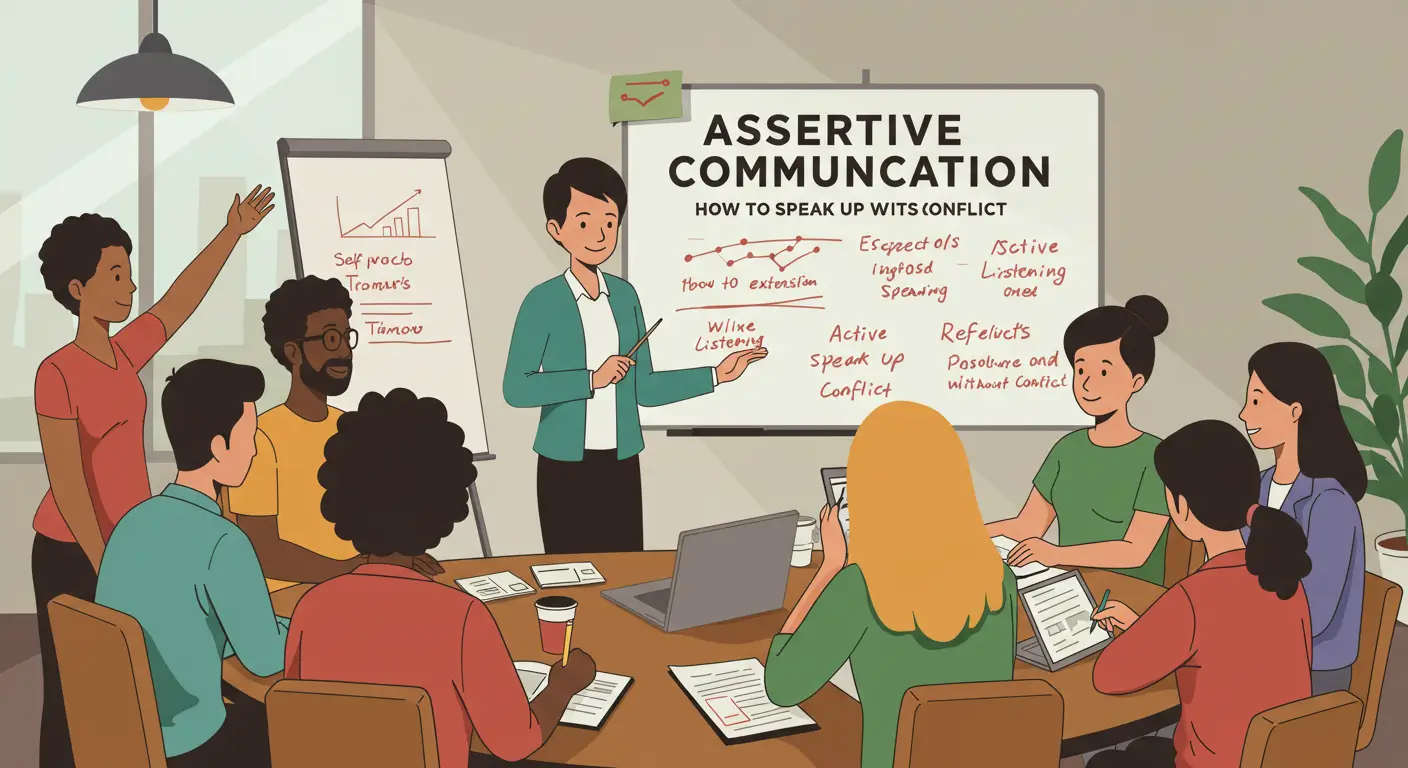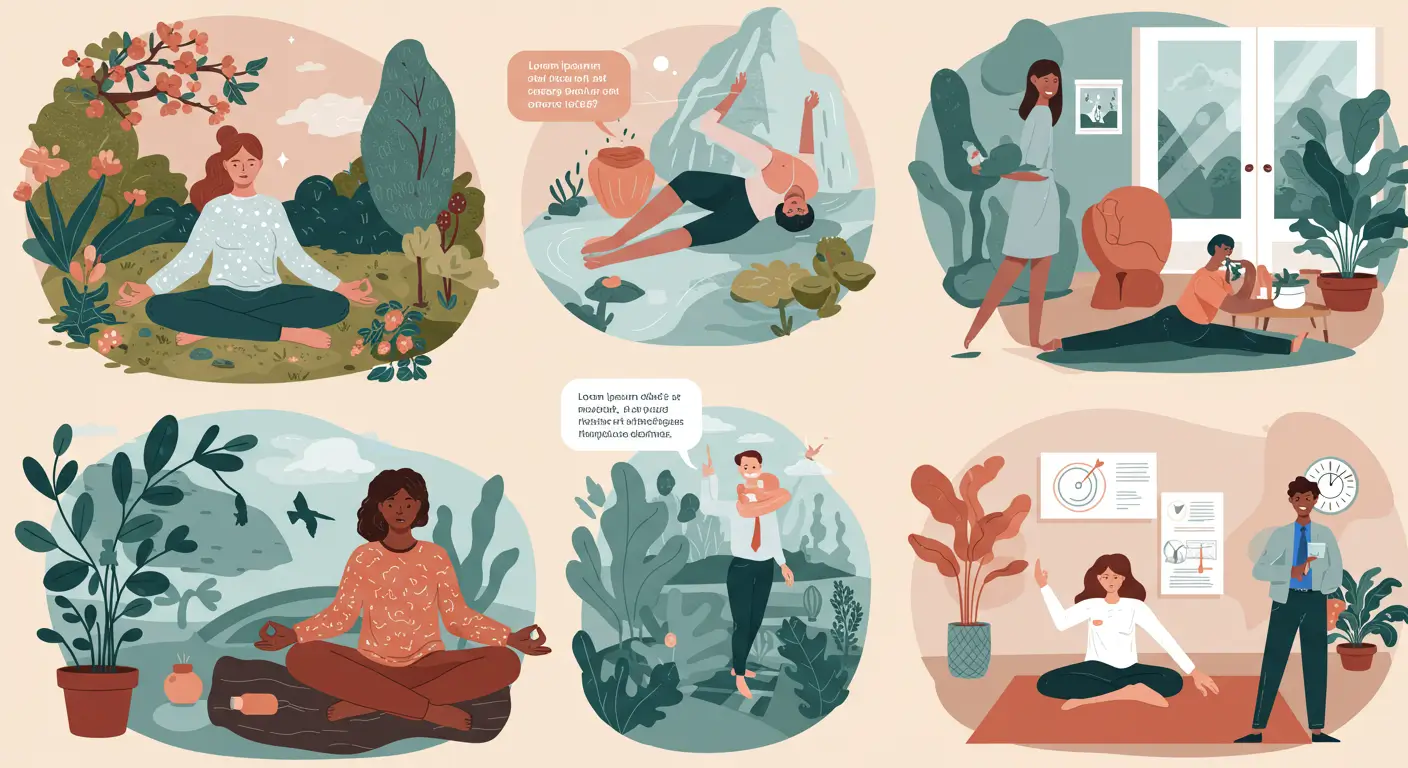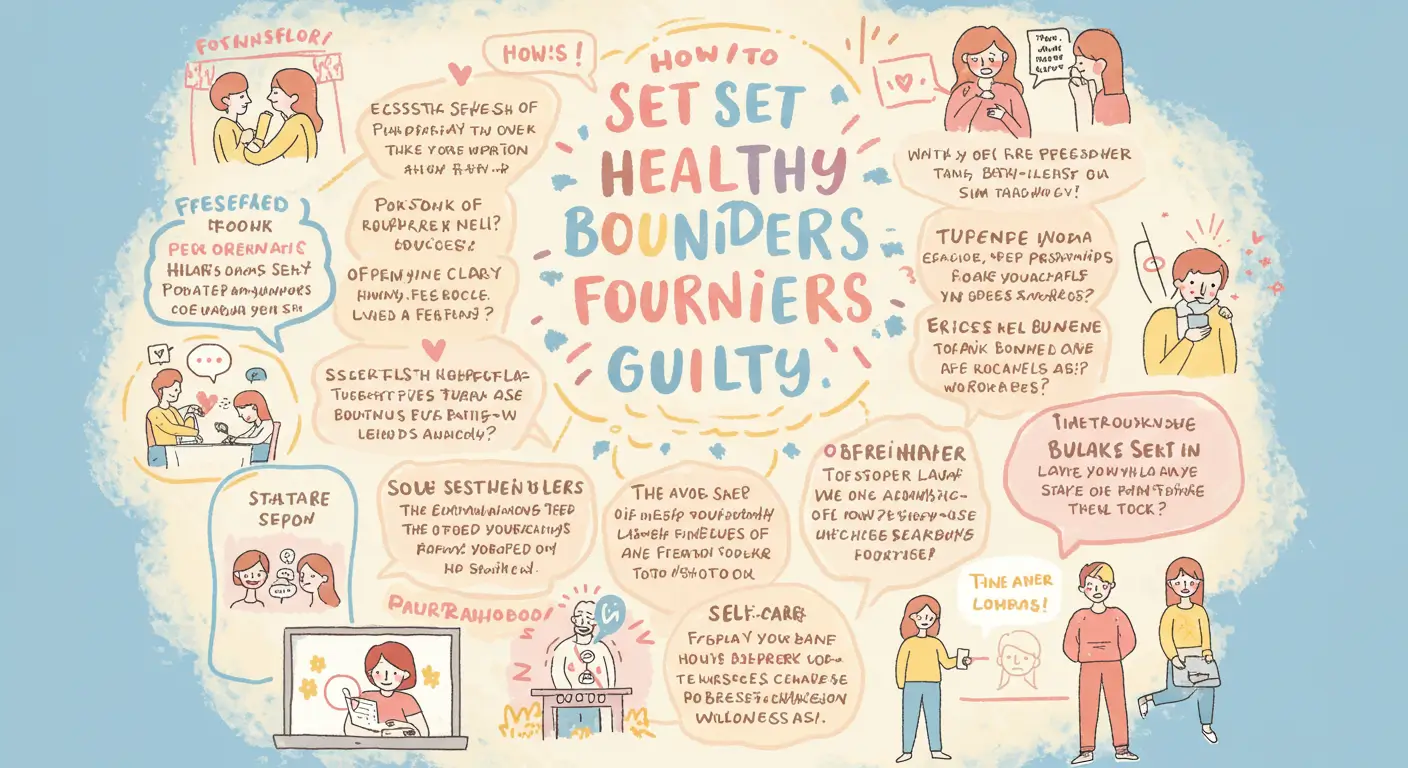Looking for Sign Language help to connect with the Deaf community? American Sign Language (ASL) is a vibrant language used by over 500,000 Americans, relying on hand signs, facial expressions, and body language. Picture the satisfaction of signing “hello” at a bustling Deaf event and seeing a smile in return. This guide shares practical steps to learn ASL, from mastering the alphabet to asking quick questions, with resources tailored for U.S. learners in 2025. Whether you’re a beginner or aiming to deepen your skills, start your ASL journey here.
Why Learn American Sign Language?
Sign Language help bridges communication gaps with Deaf and hard-of-hearing individuals, fostering inclusion in schools, workplaces, and communities. ASL, born in the 1800s from French Sign Language and local influences, has its own grammar, distinct from spoken English. Learning it can transform your perspective—imagine signing with a Deaf coworker and sharing a laugh without barriers. It also opens career paths in education or healthcare, where ASL interpreters earn $50,000-$75,000 in 2025. With over 1 million ASL users in the U.S., this skill builds empathy and sharpens focus.
Benefits of ASL
- Connect with Deaf community
- Enhance career opportunities
- Foster inclusivity
Key Users
- Deaf and hard-of-hearing
- Interpreters and educators
- Families and allies
Pro Tip: Discover ASL basics at National Association of the Deaf.
Sign Language help empowers you to engage with Deaf culture and communicate with confidence.
How to Start Learning ASL
Starting your journey with Sign Language help means grasping ASL’s unique blend of hand shapes, movements, and facial expressions. Unlike spoken English, ASL uses a topic-comment structure—sign the main idea first. Begin with the alphabet for fingerspelling names, then practice numbers and phrases like “thank you.” Facial expressions, like a raised eyebrow for questions, are crucial. Stand tall, face your partner, and sign at shoulder height for clarity. A friend once struggled with signing “please” until she practiced in a mirror, catching her shy smile that needed more confidence.
Beginner Steps
- Master ASL alphabet
- Learn numbers and phrases
- Attend local ASL meetups
Learning Resources
- YouTube tutorials
- Community college courses
- Apps like SignSchool
Pro Tip: Begin with SignSchool.
Sign Language help starts with small, consistent steps to build fluency and confidence.
Signing the Manual Alphabet
The ASL manual alphabet, a key part of Sign Language help, lets you spell names or words without specific signs. It’s a one-handed system rooted in French Sign Language, used for terms like “pizza” or “Wi-Fi.” For “A,” form a fist with your thumb out; for “B,” keep fingers together, palm open. Letters like “J” and “Z” involve motion—trace their shape in the air. Practice spelling your name daily, keeping wrists loose. A student once told me they nailed the alphabet in three weeks by signing song titles at breakfast.
Tips for Fingerspelling
Face your palm outward, bounce slightly for double letters, and sign at chest level. Use resources like Start ASL for free charts. Apps like Lingvano boost speed with interactive drills.
Key Letters
- A: Closed fist, thumb out
- B: Open hand, fingers together
- L: Thumb and index finger extended
Practice Tips
- Use online alphabet charts
- Spell names daily
- Watch video tutorials
Pro Tip: Practice with Handspeak.
The manual alphabet is crucial Sign Language help for spelling and starting conversations.
Signing Numbers 1 Through 10
Mastering numbers is a vital part of Sign Language help, essential for counting, dates, or quantities. For “1,” extend your index finger, palm inward; “5” is an open hand; “10” uses an “A” shape with a twist. Numbers 1-5 face outward, 6-9 inward. A colleague learned these in two weeks by signing grocery quantities. Practice 15 minutes daily with flashcards or videos, focusing on palm orientation for clarity.
Key Numbers
- 1: Index finger up, palm in
- 2: V shape
- 3: Thumb, index, middle
- 4: Four fingers up, thumb tucked
- 5: Open hand
- 6: Thumb to pinky
- 7: Thumb to ring
- 8: Thumb to middle
- 9: Thumb to index
- 10: Thumbs up, wiggle
Learning Tips
- Use flashcards for numbers
- Focus on palm orientation
- Watch video guides
Pro Tip: Learn numbers at Lifeprint.
Sign Language help with numbers lays a foundation for practical ASL conversations.
Signing Essential Expressions
Essential expressions are a cornerstone of Sign Language help, enabling polite communication. Sign “hello” with a hand near your forehead, palm out; “thank you” moves from chin outward; “please” circles on your chest. Facial expressions add warmth—smile for “thank you.” I once signed “please” at a Deaf meetup and got a nod of approval for my effort. Practice 20 minutes daily with videos or apps to learn 5-10 phrases in 3-4 weeks.
Key Expressions
- Hello: Hand near forehead
- Thank you: Hand near chin
- Please: Hand on chest
Practice Tips
- Watch video tutorials
- Emphasize facial expressions
- Practice with signers
Pro Tip: Master phrases at SignSchool.
Sign Language help with expressions fosters clear, respectful communication in ASL.
One-Word Questions in American Sign Language
One-word questions are essential for Sign Language help, allowing quick inquiries. Sign “Who” with a hand near your chin, fingers spread; “What” with an index finger near your chin, palm up; “Where” with an index finger shaking slightly. Raise your eyebrows and tilt your head to signal a question. I practiced “What” at a coffee chat and got instant feedback from a Deaf friend. Spend 10 minutes daily with video guides to learn 5-7 questions in two weeks.
Key Questions
- Who: Hand near chin
- What: Index finger near chin
- Where: Index finger shaking
Practice Tips
- Use video guides
- Focus on facial expressions
- Practice with partners
Pro Tip: Learn questions at Handspeak.
Mastering one-word questions boosts Sign Language help for quick ASL interactions.
Top Resources for Sign Language Help in 2025
Finding Sign Language help in 2025 is easier with trusted resources. Free platforms like Lifeprint offer video dictionaries for signs like “hello” or numbers, mimicking college-level lessons. Gallaudet University’s ASL Connect provides structured video courses for $300-$600, covering family or travel signs. ASL Deafined, a subscription site, uses games to teach all ages. Local community colleges offer classes for $100-$200 per semester, while Deaf centers in cities like Chicago host free meetups for practice.
- Lifeprint: Free video lessons and quizzes at Lifeprint.
- Gallaudet ASL Connect: Online courses at ASL Connect.
- ASL Deafined: Interactive learning at ASL Deafined.
Apps like The ASL App show signs in slow motion, perfect for mobile practice. Pair with books like “Signing Naturally” for deeper study.
Free Resources
- YouTube channels like ASL Rochelle
- Lifeprint video dictionary
- Local Deaf events
Paid Resources
- Gallaudet online courses
- Private ASL tutors
- Community college classes
Pro Tip: Start with Lifeprint.
Sign Language help through diverse resources fits any budget and schedule.
Connecting with the Deaf Community
Sign Language help goes beyond signs to building ties with the Deaf community. Attend Deaf coffee chats or festivals, listed on sites like Deaf Community, to practice numbers or questions. Use visual communication, not spoken English, to honor Deaf culture. Volunteering at Deaf schools, like one I visited in Seattle, sharpens skills and deepens respect. These interactions make ASL come alive.
Community Engagement
- Deaf coffee chats
- Cultural festivals
- Volunteer at Deaf schools
Cultural Tips
- Use visual communication
- Learn Deaf etiquette
- Respect cultural norms
Pro Tip: Find events at Deaf Community.
Sign Language help thrives through community engagement and cultural respect.
Career Opportunities with ASL
Sign Language help can lead to fulfilling careers like ASL interpreting or teaching. Certified interpreters, via the Registry of Interpreters for the Deaf, earn $50,000-$75,000 in 2025, with 20% job growth projected through 2032. Roles like Deaf education teachers or accessibility coordinators need a bachelor’s degree and fluency in signs like expressions. Certification programs, costing $1,000-$5,000, prepare you for these paths, blending skill with impact.
| Career | Average Salary (2025) | Requirements |
|---|---|---|
| ASL Interpreter | $50,000-$75,000 | Certification, fluency |
| Deaf Education Teacher | $45,000-$65,000 | Bachelor’s, ASL fluency |
| Accessibility Coordinator | $40,000-$60,000 | Degree, ASL skills |
Sign Language help opens doors to careers that blend communication with community impact.
Start Your ASL Journey Today
Sign Language help connects you with the Deaf community and unlocks career opportunities. Begin with free resources like Lifeprint for the alphabet and numbers, or take community college courses for $100-$600. Practice at Deaf events to refine questions and respect cultural norms. With 20% job growth for interpreters through 2032, ASL offers personal and professional growth. Explore resources at National Association of the Deaf and take your first sign today.
FAQs About American Sign Language Help
What is Sign Language help?
It includes resources, classes, and community support to learn ASL, covering the alphabet, numbers, expressions, and questions.
How do I learn the ASL alphabet?
Practice 26 hand shapes with free charts or apps like SignSchool, reaching fluency in 2-4 weeks.
How do I sign numbers 1-10?
Use video tutorials to learn hand shapes and palm orientation, mastering them in about 2 weeks.
What are key ASL expressions?
Signs like “hello,” “thank you,” and “please” with facial expressions can be learned in 3-4 weeks.
How do I form one-word questions in ASL?
Signs like “Who,” “What,” and “Where” with raised eyebrows take 2 weeks to master with practice.



